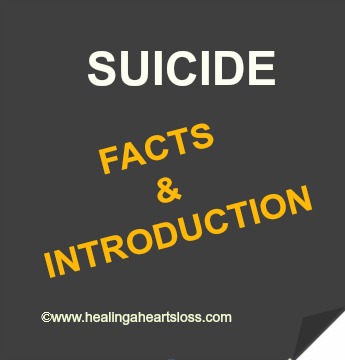Suicide has been a part of life for many years. History books, newspapers, and now social media sites all talk about suicide. Suicide touches people in all areas of life. No social, economical, sexual, educational or age boundaries exist when it dealing with those affected by suicide.
Some focuses associated with “suicide” can be;
- Family history of suicide
- Relationship to the person who died
- Signs of suicidal contemplation
- Stigma associated with suicide death
- Support resources
- Survivors of suicide loss
- Terminology used
- The person who died
- WHY suicide was chosen as an option
As a society many individuals and organizations worldwide have been trying to educate people about suicide loss. Prevention and what signs a person thinking of suicide will display have been a top priority.
Here is a small list of some common signs of someone thinking of ending their life by suicide;
- Appearing to be more isolated from society, school, family etc.
- Changes in behaviour, mood….more happy or sad
- Giving possessions away
- Preparing to die by getting their affairs in order
- Talking about death
It is common to think the person who died by suicide did not show any prior indications of their intent. To put this another way, perhaps the signs or intent were displayed, but not to the same people or group of people, therefore creating an environment where all of the pieces were not be put together.
Future blogs this month will talk more about “SUICIDE” topics mentioned in this article.
All my best,
Barbara Saunders
Grief Counsellor/Thanatologist

